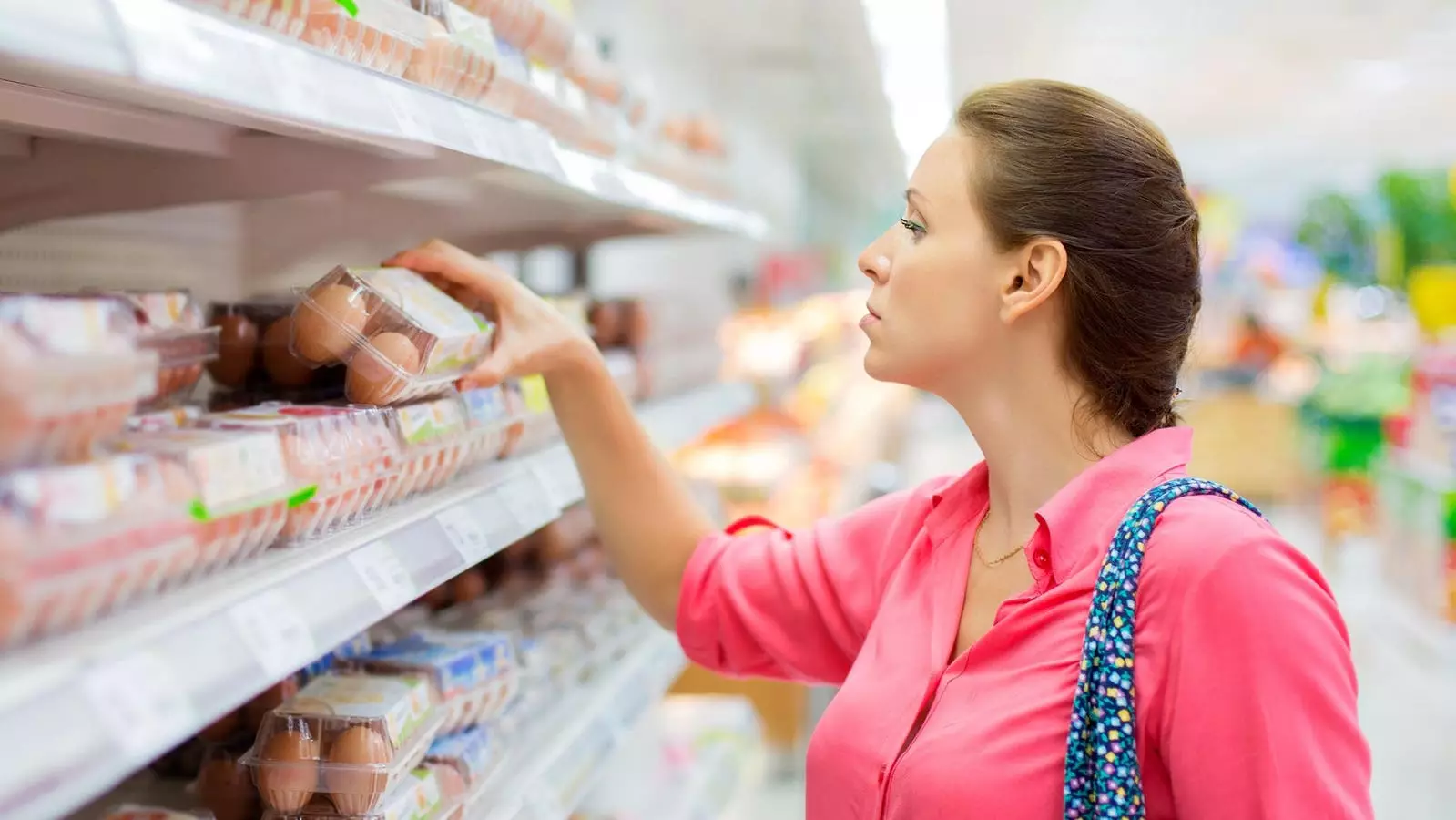In recent times, the price of eggs has skyrocketed, surpassing the $6 per dozen mark, leaving many households grappling with a fundamental change in their grocery shopping habits. This sharp rise in costs is largely attributed to a significant outbreak of avian influenza, which has wreaked havoc on the population of egg-laying hens across the nation. With millions of hens affected, the availability of eggs has sharply decreased, making this once-affordable staple feel more like a luxury item.
The pandemic’s ripple effects on supply chains, combined with increasing demand and shifting consumer behavior, have been tantamount to a perfect storm. In January 2025, average egg prices hit approximately $6.30 per dozen—an astonishing 28% increase from the previous year—forcing families to reconsider how they incorporate eggs into their diets.
The impact of higher egg prices has affected shopper behavior dramatically. Reports indicate a notable 15% decline in egg sales compared to the previous January, signifying a marked shift in general consumption patterns. Users on various social media platforms, including Reddit, are actively sharing strategies for navigating this new landscape, whether it be by discovering budget-friendly alternatives or modifying recipes to minimize or eliminate egg usage altogether.
The spike in prices has prompted consumers to venture into unfamiliar territory—both literally and figuratively. Many are turning to plant-based substitutes like JUST Egg, which have gained popularity by presenting a sustainable and economical alternative for cooking and baking. Moreover, an increased emphasis on creativity in the kitchen has emerged. Culinary enthusiasts are exploring unique recipes, such as salted egg yolk cocktails and eggless desserts, further fueled by trends on platforms like TikTok.
In the face of soaring prices, many individuals are increasingly engaging with local food systems. Farmers’ markets and community-supported agriculture (CSA) programs are seeing a resurgence, as consumers seek fresh local produce and eggs directly from growers. Reports suggest that many households are opting to raise backyard chickens to secure a direct source of eggs, aligning with a broader trend towards hyper-local food sourcing.
This push for local options not only reflects a growing concern over food security but also a desire to support regional economies. By investing in local producers, consumers are not only reducing their dependence on fluctuating markets but also fostering a sense of community resilience amid uncertain times.
While the immediate egg crisis may eventually stabilize, the habits formed during this period are likely to have long-lasting effects. Studies indicate a clear correlation between rising food prices and diminished purchasing power, highlighting an underlying sensitivity among consumers. As households adjust to these economic realities, they are increasingly made aware of the delicate balance between affordability and health when it comes to food choices.
Emerging trends, such as plant-based eating and sustainable sourcing, shed light on the importance of adaptability in the face of adversity. Even as the USDA projects a slight recovery in egg production by 2025, the consumer landscape is bound to reflect these transformative experiences. As families reinvent their grocery lists, they are asking broader questions about food equity, access, and long-term health implications.
Beyond economics, rising egg prices have brought to the forefront the critical issue of food insecurity. Vulnerable populations, including those living with health issues, are disproportionately affected by food inflation, intensifying their struggles to maintain a nutritious diet. Such disparities underscore the urgent need for innovative approaches to how communities can ensure access to affordable, healthy food.
The egg crisis serves as a microcosm of larger changes in the food system, prompting consumers to evaluate not just their own eating habits, but also the socio-economic structures surrounding food availability and affordability. The lessons learned during this tumultuous period are invaluable. While families adapt to the changing landscape of grocery shopping, they also hold the power to shape the future of food—advocating for transparent systems, sustainable practices, and equitable access for all. As we navigate this evolving situation, the discourse surrounding food security will undoubtedly continue to rise, emphasizing our collective responsibility to build a resilient food system for generations to come.


Leave a Reply